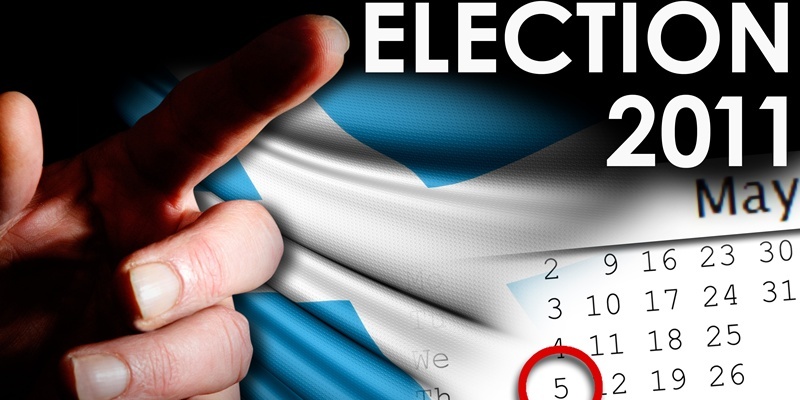As the SNP overtake Labour in the polls The Courier’s political reporter David Clegg takes a look at the Holyrood 2011 election race so far.
Six months ago almost every observer of the Holyrood scene would have assured you that the SNP were doomed and Labour were heading back to government in May.
Now, with less than two weeks to go, two polls on the trot have forecast the Nationalists once again holding the most seats.
More incredibly still, the latest poll suggests they are within a whisker of obtaining a workable majority.
So what has caused the remarkable reversal?
On one hand there has been the SNP campaign, which has been well financed, sophisticated and perfectly executed. They have won key endorsements, formulated a message that chimes with the public and communicated it clearly.
On the other hand the Labour campaign has ranged from faltering to embarrassing.
Iain Gray seeking refuge in a sandwich shop when confronted by a group of protestors will likely remain the most memorable image of the election campaign.
But misfires over mandatory prison sentences for knife possession and un- realistic promises about future job creation have also played a part.
Realising they were losing ground, Labour strategists have latterly focused on scaremongering over the return of the Tories.
This was no surprise as a similar tactic paid dividends in last year’s UK general election, when the prospect of a Conservative government saw Labour enjoy a better than expected showing north of the border.
But as we get closer to the polls opening on May 5, focus has increasingly switched to Scottish concerns and the respective strengths of the two men vying to be first minister.
That is a comparison Labour is struggling to win.
